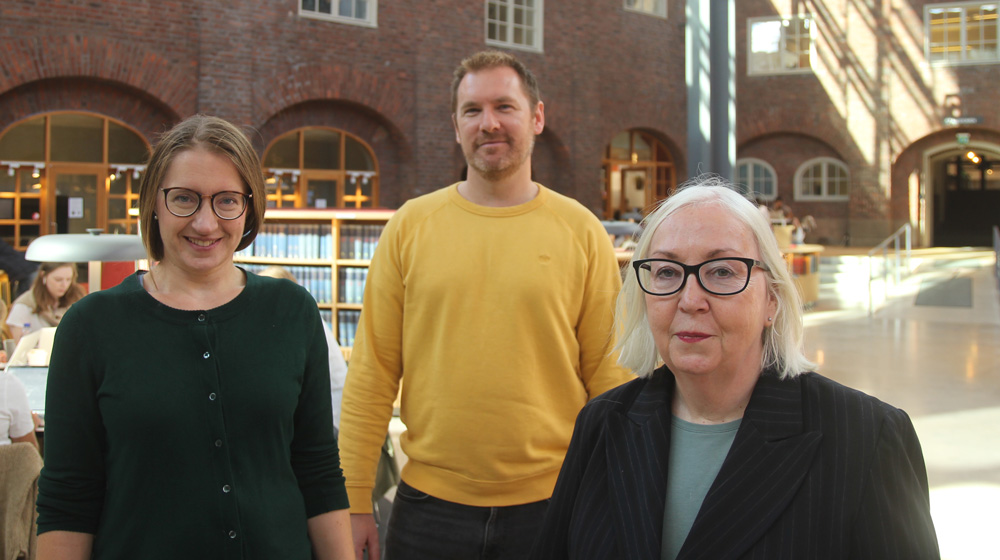A new KTH Guide to scientific writing

A new guide to scientific writing in English will help KTH staff and students not only to write effective texts, but also to find their own ‘academic voice’.
Can I use American English? Is it ok to use the passive voice? Is my supervisor right to say that ‘is not’ is better than ‘isn’t’? Can I use a comma before ‘and’? These are typical queries among scientific writers.
Now, a team of teachers at KTH Language and Communication have launched the KTH Guide to Scientific Writing in English .
“The aim is to help everyone at KTH to write clear, effective scientific English, following the principles of the KTH Language Policy ”, says Jamie Rinder, one of the teachers behind the Guide.
Learning the conventions of scientific writing has its challenges. According to the English team, the biggest challenge is to communicate complex content in a reader-friendly way. This involves making careful choices in terms of style, content structure, and grammar.
“Scientific writers often get distracted by niggling questions about language. It’s a misunderstanding that there are always fixed universal rules for English writing and composition”, says Jane Bottomley from the team. “Some things are pretty clear cut, but questions such as Is it good to use the passive voice in scientific writing? simply do not have a yes/no answer.”
“Using the Guide can also help writers explore their own preferences and thus develop their own ‘academic voice’ over time.”
Glossary of grammatical terms
The Guide provides useful information on scientific style, sentence structure, text flow, and punctuation, along with some related strategies that can help writers improve the clarity and readability of their work. There is also a glossary of common grammatical terms.
”For those who may be a bit hazy about adverbs, clauses etc., we have described and exemplified key terms in an accessible way”, says Susanna Zeitler Lyne, the third team member.
What makes the Guide particularly relevant to students and colleagues at KTH is that it is rooted in typical writing genres at KTH, such as Master’s degree projects, and it uses many examples from real-life KTH writing. The Guide also provides useful advice as how to employ language which is thoughtful and inclusive.
”The Guide is by no means done and dusted”, says Jamie Rinder. ”We will continue to develop it over time as we discuss it with students and colleagues, and receive feedback from users. The intention is that this Guide will belong to everyone at KTH, and that people will contribute ideas to make it truly relevant for everyone in the KTH writing community.”
KTH Guide to Scientific Writing in English
Text: Anna Gullers
